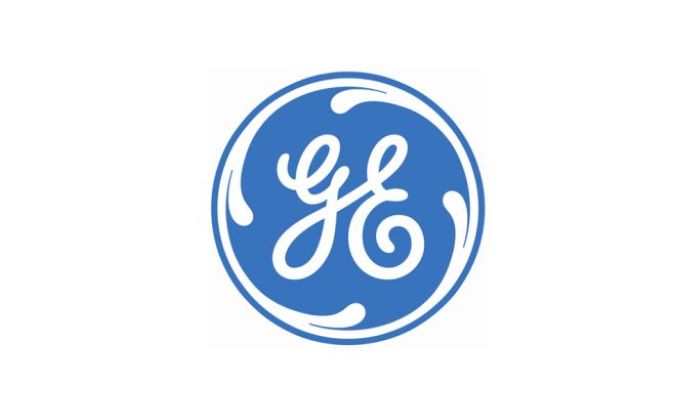Technology
GE Successfully Demonstrates Scalable Direct Air Capture System for CO2 Removal

- System employs unique technical approach that brings together GE’s core competencies in heat exchangers, thermal management, and innovative materials
- The Direct Air Capture (DAC) system is part of a much larger effort led by GE’s CAGE (Climate Action@GE) Lab in Niskayuna, NY, to deliver cutting-edge solutions in CO2 capture
- GE’s CAGE Lab involves a carbon capture team of 50+ scientists and engineers, working with the U.S. Department of Energy, ARPA-E, and a host of other industry and university partners on various projects to advance decarbonization solutions
- GE planning for multiple larger scale demonstrations starting in 2024
Following successful testing of its first Direct Air Capture (DAC) prototype unit for carbon dioxide (CO2) removal in the lab, GE announced it is planning larger scale demonstrations in 2024. GE Research and the GE Vernova business have been partnering closely with the U.S. Department of Energy (DOE), the Advanced Research Projects Agency (ARPA-E), and a host of other industry and academic research partners to accelerate new advancements in CO2 removal.
GE’s progress with DAC is one of more than a dozen technologies that the company is highlighting at the 2023 ARPA-E Innovation Summit, which is taking place this week in Washington D.C. Decarbonization, renewables acceleration, and electrification are key topics that GE leaders will be talking about as they engage with more than 2,100 top energy thought leaders from across the nation and beyond.
David Moore, GE’s Carbon Capture Breakout Technology Leader, says the team’s recent success in the lab follows a more than two-year effort to build a world-class breakout team internally and externally with the DOE, ARPA-E and an expanding number of industry and academic partners. “We know that to truly bring an economical, commercial-scale solution in DAC to the market, it will require a collaborative effort with government, industry, and academic partners,” Moore said. “If we do this right, we could have a commercially-deployable DAC solution around the end of this decade.”
GE’s DAC System
GE’s Carbon Capture Technology Breakout Team has developed a unique DAC system that couples its decades of experience designing thermal management solutions and heat exchangers for its power turbines and jet engine platforms with deep chemistry and material systems expertise to develop innovative sorbent materials for CO2 capture. With GE’s DAC system, the thermal management design provides an optimal environment for the sorbent materials to remove CO2 from the air. The team is employing a similar approach in a project with the Defense Advanced Research Projects Agency (DARPA) to capture clean, potable water from extremely arid, desert-like air.
GE scientists and engineers have been working on various projects with multiple partners, including the DOE, ARPA-E, UC Berkeley, U. of South Alabama, TDA Research, and others to drive key advancements in the quality of sorbent materials and thermal management technologies, as they work to scale up their system solution.
The DOE and ARPA-E have been supporting much of the DAC-related work underway, including the two-year, $2 million AIR2CO2 Contactor project (DE-FE0032126) through the DOE’s Office of Fossil Energy and Carbon Management to further this unique system design. GE also is involved with other key projects with the DOE and ARPA-E being led by TDA Research and UC Berkeley, respectively, to advance sorbent and integrated material system technologies involved in DAC. Augmenting the government funding, GE is investing internally in developing and advancing sorbent-based carbon capture solutions as one of the promising pathways to enable the energy transition.
GE’s CAGE (Climate Action@GE) Lab
A major focal point for GE’s technical and commercial development of a robust DAC solution is the CAGE Lab, which has become a major research hub for the company’s larger commitment to decarbonization technologies. In addition to DAC, the team is working on related efforts in post-combustion carbon capture technologies, and atmospheric water extraction to promote zero emission technologies and other climate change challenges.
The CAGE Lab has a full suite of testing and characterization infrastructure for sorbent structure, property, and performance evaluation, including the creation of the CAGE Dashboard. This Dashboard is a material system performance database that incorporates data analytics and leverages machine learning from >45 external and >215 internal GE materials to innovate the next generation of sorbent materials. The team has also designed and constructed highly customized, dynamic sorption breakthrough and cycling test rigs and prototype units to conduct carbon capture and atmospheric water extraction performance across relevant operational conditions.
About GE Research
GE Research is GE’s innovation powerhouse where research meets reality. We are a world-class team of scientific, engineering and marketing minds working at the intersection of physics and markets, physical and digital technologies, and across a broad set of industries to deliver world-changing innovations and capabilities for our customers. To learn more, visit our website at https://www.ge.com/research/.
Source – GE
-
Auto2 years ago
Honda Marine Debuts All-New BF350 Outboard Company’s First V8 Motor Available Commercially, Flagship Model Offers Premium Power and Unparalleled Performance for Extraordinary Boating Experiences
-
Auto2 years ago
New Features Further Increase Desirability Of Bentayga Range
-
Technology2 years ago
Oracle Partners with TELMEX-Triara to Become the Only Hyperscaler with Two Cloud Regions in Mexico
-
Auto2 years ago
Honda and Acura Electric Vehicles Will Have Access to Largest EV Charging Networks in North America Aided by New Agreements with EVgo and Electrify America
-
Lifestyle2 years ago
2023 Nike World Basketball Festival Brings the Best of Basketball Style, Culture and Community